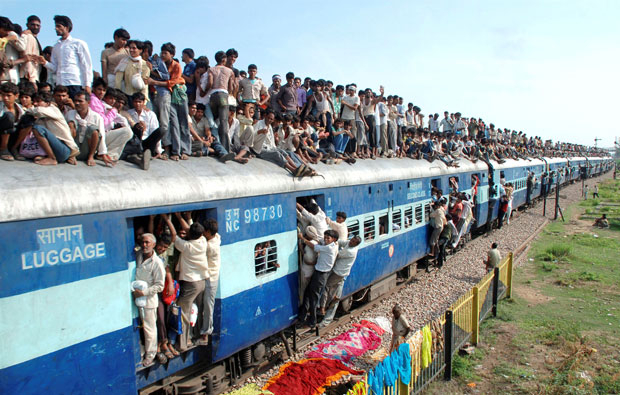
Dubai: There are now 7.3 billion of us sharing this planet today — and nearly 1.8 billion are aged between 10 and 24.
Never before have so many young people lived together — and that’s a huge challenge.
The figures are contained in a report on population released on Monday and prepared by the United Nations Population Fund (UNFPA).
These young people require special attention to fulfil their needs, develop their capabilities, and to have access to education and health.
“Never before have there been so many young people,” Babatunde Osotimehin, the executive director of UNFPA notes. “Never again is there likely to be such potential for economic and social progress.”
To put the rise of young people into context, in 1950, there were 721 million between the age of 10 and 24 when the world’s population was just 2.5 billion, the report said.
But now, nine out of 10 young people live in the less developed countries, it added.
Commenting on whether the world is becoming younger and poorer, Richard Kollodge, editor of the UNFPA report, told Gulf News that what the report is saying is that, as of right now, the world is younger.
“I think one of the messages of the report is not necessarily is the world is getting poorer, but the world could get richer or at least 59 countries are poised to realise what we call a demographic dividend, invest in the right ways, their economy could prosper dramatically.”
He quoted many examples in East Asia, particularly in South Korea where, over the past half century, governments invested in young people and supported economic policies to create jobs, taking advantage of emerging global markets.
“The report talks about the sub-Saharan Africa, which is home to most least-developed countries now, could follow that East Asian model,” Kollodge said. “It could realise the demographic dividend, which could worth as much as 500 billion a year over the next 30 years. And that can have a dramatic impact on reducing poverty and raising living standards,” he added.
Keeping girls in schools through secondary education and making sure young people have access to health services — including the sexual reproductive health — are among the report’s recommendation.
“This is just one of many examples that are cited in the report,” Kollodge said. “There are many specific things that people can do. It is not about one particular thing that is going to resolve all problems for all countries. It is about doing all sorts of things that young people need to realise their potential,” he added.
“Give young people the right conditions, keep them in good health, make sure they are educated, make sure they have access to jobs and to opportunities. And that can transform the economies of countries and regions, and it can have a very positive effect on them,” the report’s editor continued.
According to the report, India has the world’s highest number of those aged between 10 and 24, with some 356 million. This is despite having a smaller population than China, which has 269 million in the same age bracket. Indonesia comes in third with 67 million young, then the US with 65 million. Pakistan has 59 million aged between 10 and 24, Nigeria with 57 million, Brazil with 51 million and Bangladesh with 48 million.












